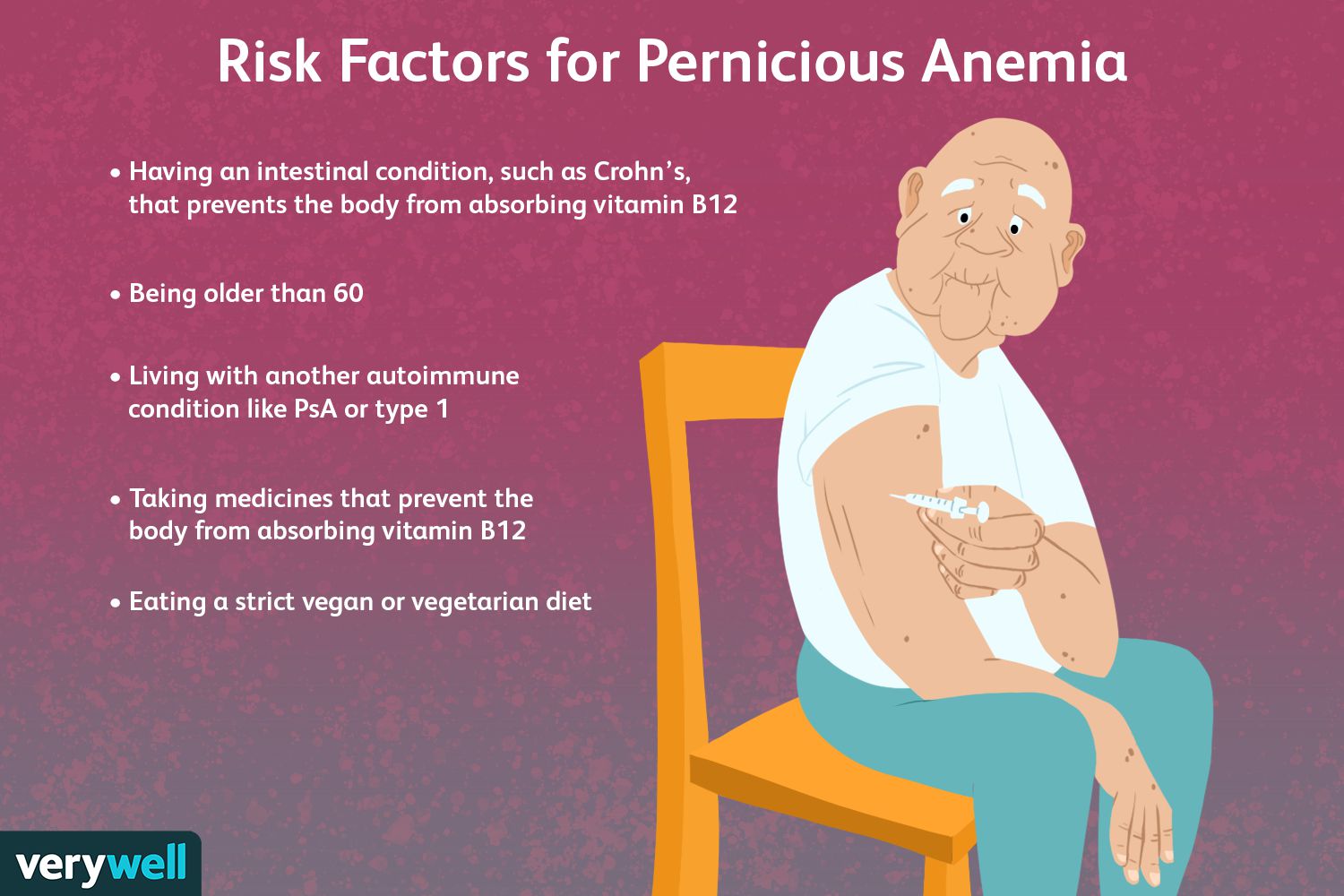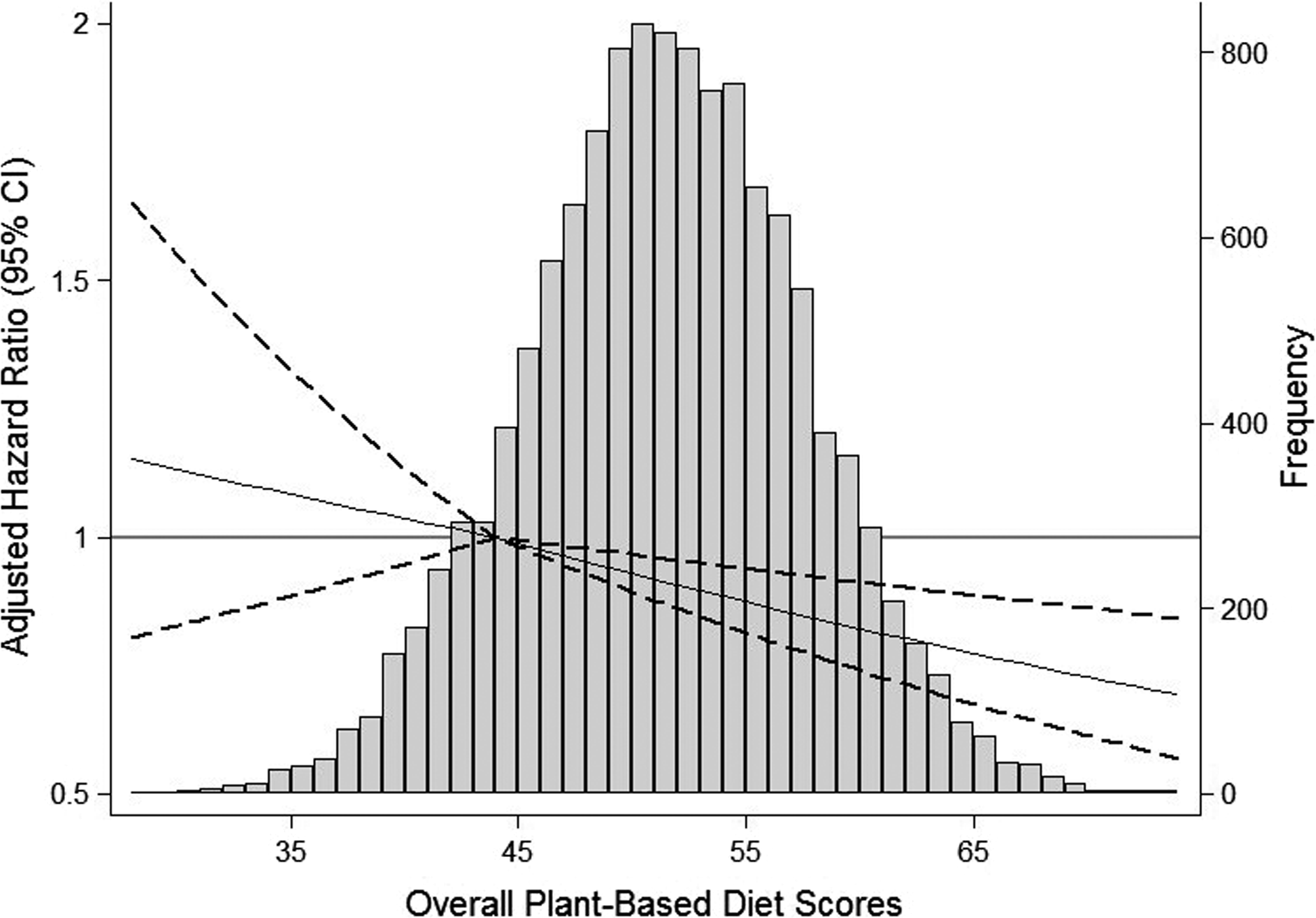
Sample menus can be very useful for those who are new to a plant-based lifestyle. Sample meal plans might include sprouted-grain toast with nut butter and sliced banana; a small glass of rice milk with protein powder; and half a cup of whole-grain porridge with dried or fresh fruit and seeds.
Plan a plant based meal plan
If you're looking to make healthy changes to your diet, consider adopting a plant-based meal plan. This diet is rich in plant-based fats, carbohydrates, protein and calories. It includes lots of fruits and vegetables, plenty of colors, and small portions of meat and fish. It contains a lot good fats, such as olive oil, nuts and seeds, whole grains, beans and whole grains.
To adapt to a plant based meal plan, you should start with foods that you are already familiar with. Consider whole grains and legumes as the main focus for your menu. You can adjust the portion sizes to meet your individual needs. This program can be used to help you create shopping lists and reminders for each dish.

Plant-based dishes are a great way lose weight, improve your health and to increase your energy. They are low-calorie and fat-rich and full of nutrients. You can improve your overall health and digestion as well as your risk of type 2 diabetes. Plant-based food are lower in calories but high in fiber. The fiber helps lower blood cholesterol.
Locate a plan for plant-based meals
To help you plan your vegan or plant-based diet, you may want to find a meal plan app. There are many of them. MealPrepPro offers meal plans for the week that you can customize to suit your needs. You can also find meal prep tips and recipes you can use at home. It's completely free to download, and it works with any iPhone or iPad. Most of the ingredients needed to create the meal plans are readily available in your local grocery store. For more exotic items, you might have go to a local health food store.
Vegan Recipes, another app that is great for creating plant-based dishes, is also a good option. This app offers over 8,000 recipes that are suitable for vegans and vegetarians. The search function allows you to search by ingredients, nutrition, calories, cooking time, and more. You can also use the app's meal planner to plan your meals.
Download a template meal plan for plant-based meals
Whether you are new to eating a plant-based diet or just unsure where to start, a meal plan template can make meal planning easier. The menus will include familiar and unique dishes. You could make a delicious twist on toast with sweet potatoes, blueberries and a hearty lentil hamburger, or other dishes. These menus may be frozen, making meal planning easy and quick.

There are also meal plan templates that have the same information you need but will allow you to change nutrition information to suit your specific needs. You can use these templates to create as many printable plant-based meal plans as you like. Some of the templates also allow you to adjust portion sizes. Some recipes can be prepared ahead of time with an Instant Pot.
When choosing a meal plan template, make sure to include your daily nutrient targets. You will need to ensure you're getting enough protein and vitamin D, as well as calcium, iron, omega 3, and other nutrients. A meal plan will save you time and money, as it eliminates the need to shop or make impulsive choices.
FAQ
What is the difference in a virus and bacteria?
A virus is an organism microscopic that can't reproduce outside its host cells. A bacterium (or single-celled organism) reproduces by splitting itself into two. Viruses can be as small as 20 nanometers, while bacteria can grow up to 1 micron.
Viruses are usually spread through contact with infected bodily fluids, including saliva, urine, semen, vaginal secretions, pus, and feces. Bacteria can easily be spread from direct contact to contaminated objects and surfaces.
Viral infections can also be introduced to our bodies by a variety of cuts, scrapes or bites. They can also be transmitted through the eyes, nose, mouth, ears, vaginal, rectum, and anus.
Bacteria may enter our bodies through cuts and scrapes on our skin, burns, insect bites, and other wounds. They can also be introduced to our bodies by food, water and soil.
Both bacteria and viruses cause illness. Viruses cannot multiply in their host cells. Infecting living cells is what causes them to become sick.
Bacteria can grow in their hosts and cause disease. They can also invade other parts of your body. They can even invade other parts of the body, which is why antibiotics are necessary to eradicate them.
What is the difference between a calorie or a kilocalorie.
Calories are units that measure the energy content of food. A calorie is a unit of measure. One calorie represents the energy required to raise one gram of water's temperature by one degree Celsius.
Kilocalories refer to calories in another way. Kilocalories are measured as a thousandth of a calorie. For example, 1000 calories equals one kilocalorie.
How do I know what's good for me?
Your body is your best friend. When it comes to your body's needs for exercise, food, or rest, it is the best. To avoid overdoing it, it's important that you pay attention to what your body is telling you. Be aware of your body and do what you can to keep it healthy.
Improve immunity with herbs and supplements?
You can boost your immune function with herbs and natural remedies. There are many natural remedies that can boost immunity, including echinacea (oregano), ginger, ginkgo biloba and vitamin C.
These herbs should not be considered as a substitute for conventional medical treatment. Side effects include nausea, dizziness and stomach cramps.
Statistics
- According to the 2020 Dietary Guidelines for Americans, a balanced diet high in fruits and vegetables, lean protein, low-fat dairy and whole grains is needed for optimal energy. (mayoclinichealthsystem.org)
- In both adults and children, the intake of free sugars should be reduced to less than 10% of total energy intake. (who.int)
- According to the Physical Activity Guidelines for Americans, we should strive for at least 150 minutes of moderate intensity activity each week (54Trusted Source Smoking, harmful use of drugs, and alcohol abuse can all seriously negatively affect your health. (healthline.com)
- This article received 11 testimonials and 86% of readers who voted found it helpful, earning it our reader-approved status. (wikihow.com)
External Links
How To
What does the term "vitamins" mean?
Vitamins are organic compounds that can be found in foods. Vitamins are essential for our bodies to absorb nutrients from the foods we eat. Vitamins cannot be made by the body; they must be taken from food.
There are two types if vitamins: water soluble, and fat soluble. Water-soluble vitamins dissolve quickly in water. Some examples include vitamin C,B1 and B2 vitamins (thiamine), B2 and riboflavin, B3 and niacin, B6 vitamins (pyridoxine), B6 vitamins (niacin), folic acids, biotin, pantothenic acids, and Choline. Fat soluble vitamins are stored in the liver and fatty tissue. You can find vitamin D, E K, A and beta carotene as examples.
Vitamins can be classified by their biological activity. There are eight main groups of vitamins.
-
A - essential for normal growth and maintenance of health.
-
C – essential for proper nerve function.
-
D – Essential for healthy teeth, bones and joints
-
E - needed for good vision and reproduction.
-
K - Required for healthy nerves and muscles.
-
P - vital for building strong bones andteeth.
-
Q – aids digestion and absorption.
-
R is required for the production of red blood cells.
The recommended daily allowance (RDA), for vitamins, varies based on gender, age, and physical condition. The U.S. Food and Drug Administration sets RDA values.
For adults aged 19 or older, the RDA of vitamin A is 400mg per day. For fetal development, pregnant women require 600 micrograms per daily. Children ages 1-8 require 900 micrograms per day. Babies under one-year old need 700 micrograms per daily. Between 9 and 12 month, however, this drops to 500 mg per day.
Children aged 1-18 years need 800 micrograms daily, while children overweight require 1000 micrograms per days. Children who are severely obese or underweight will need 1200 micrograms each day.
Children aged 4-8 who have anemia are required to consume 2200 micrograms of Vitamin C daily.
2000 micrograms daily is required for adults over 50 to maintain their general health. Mothers who are pregnant, nursing, or have a high nutrient need will require 3000 micrograms a day.
Adults over 70 require 1500 micrograms each day, since they lose approximately 10% of muscle mass each decade.
Women who are pregnant and lactating need more nutrients than the RDA. Pregnant and breastfeeding women require 4000 micrograms each day during pregnancy and 2500 Micrograms each day after birth. Breastfeeding mothers require 5000 micrograms daily when breast milk production is occurring.